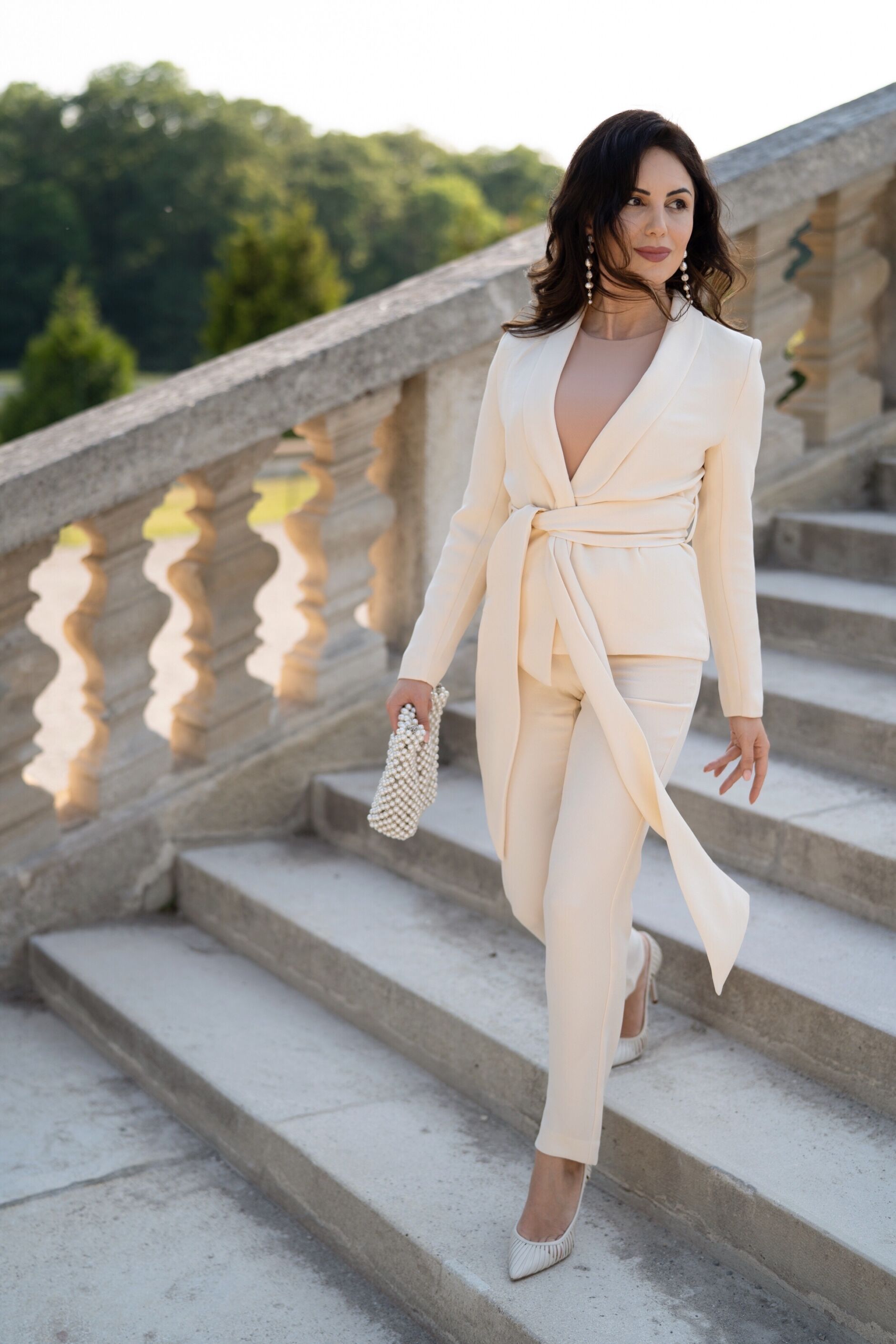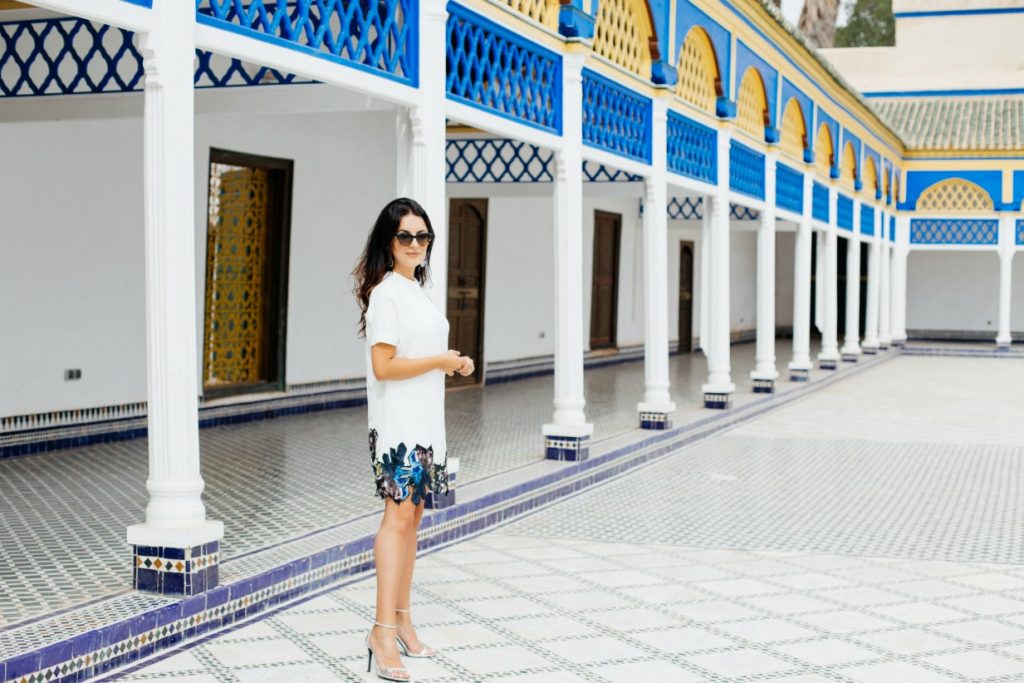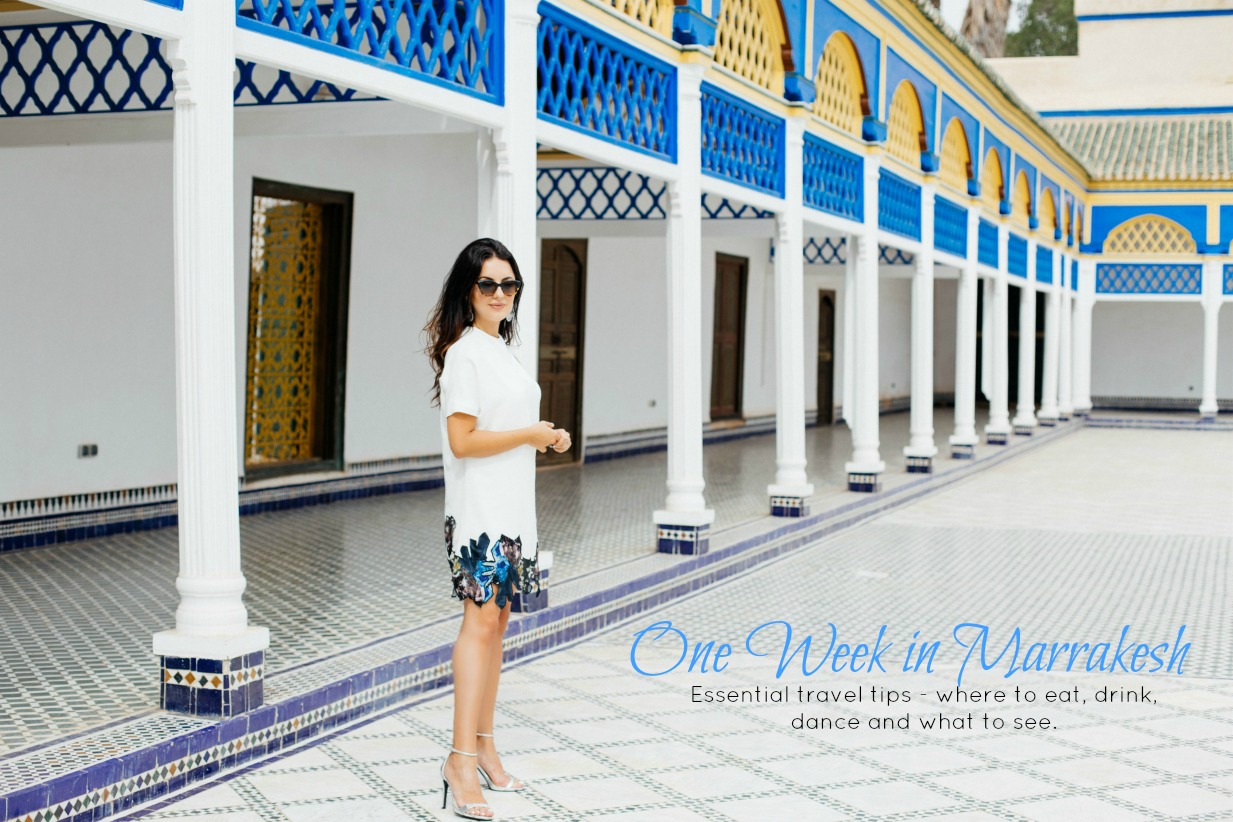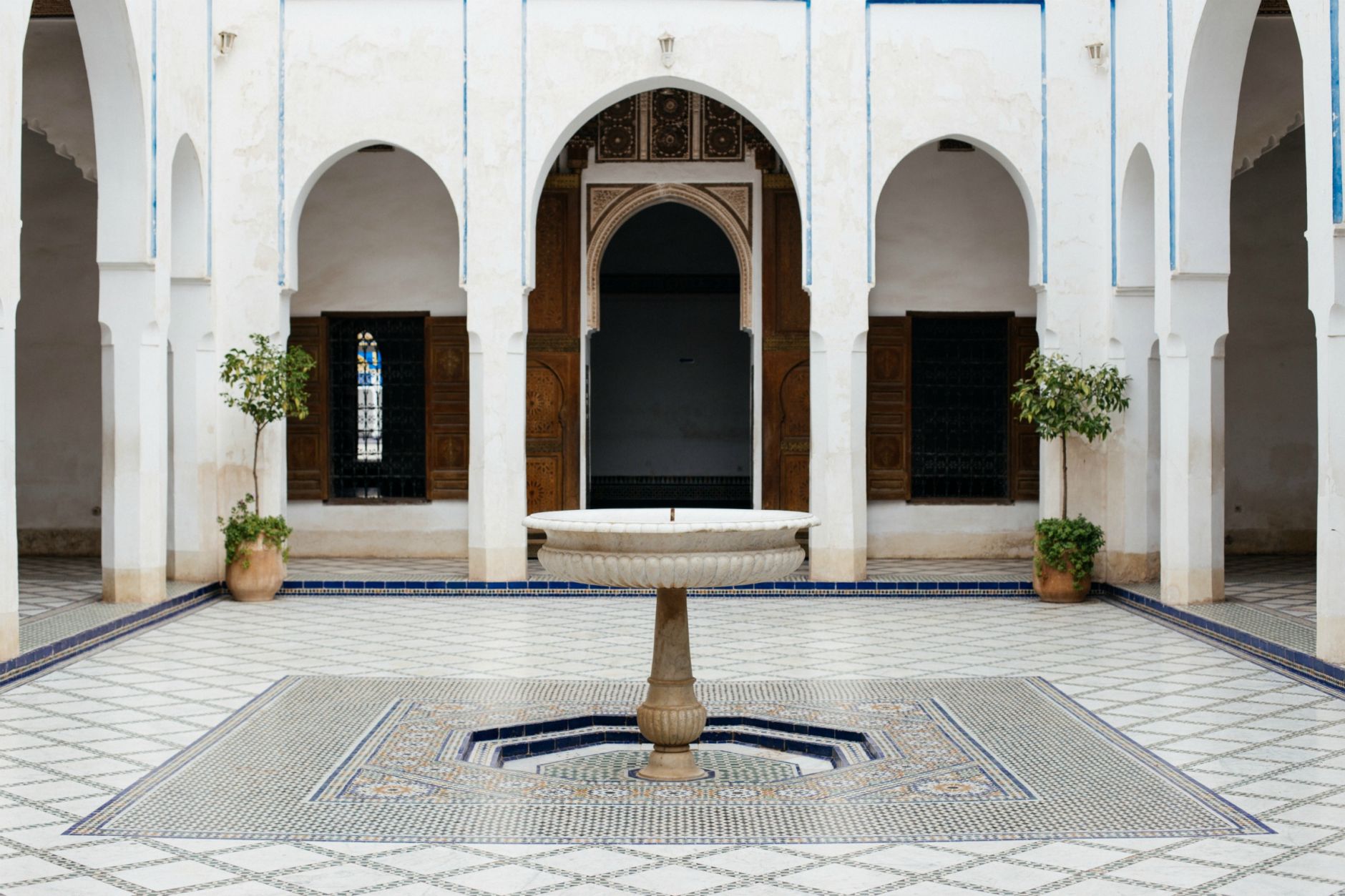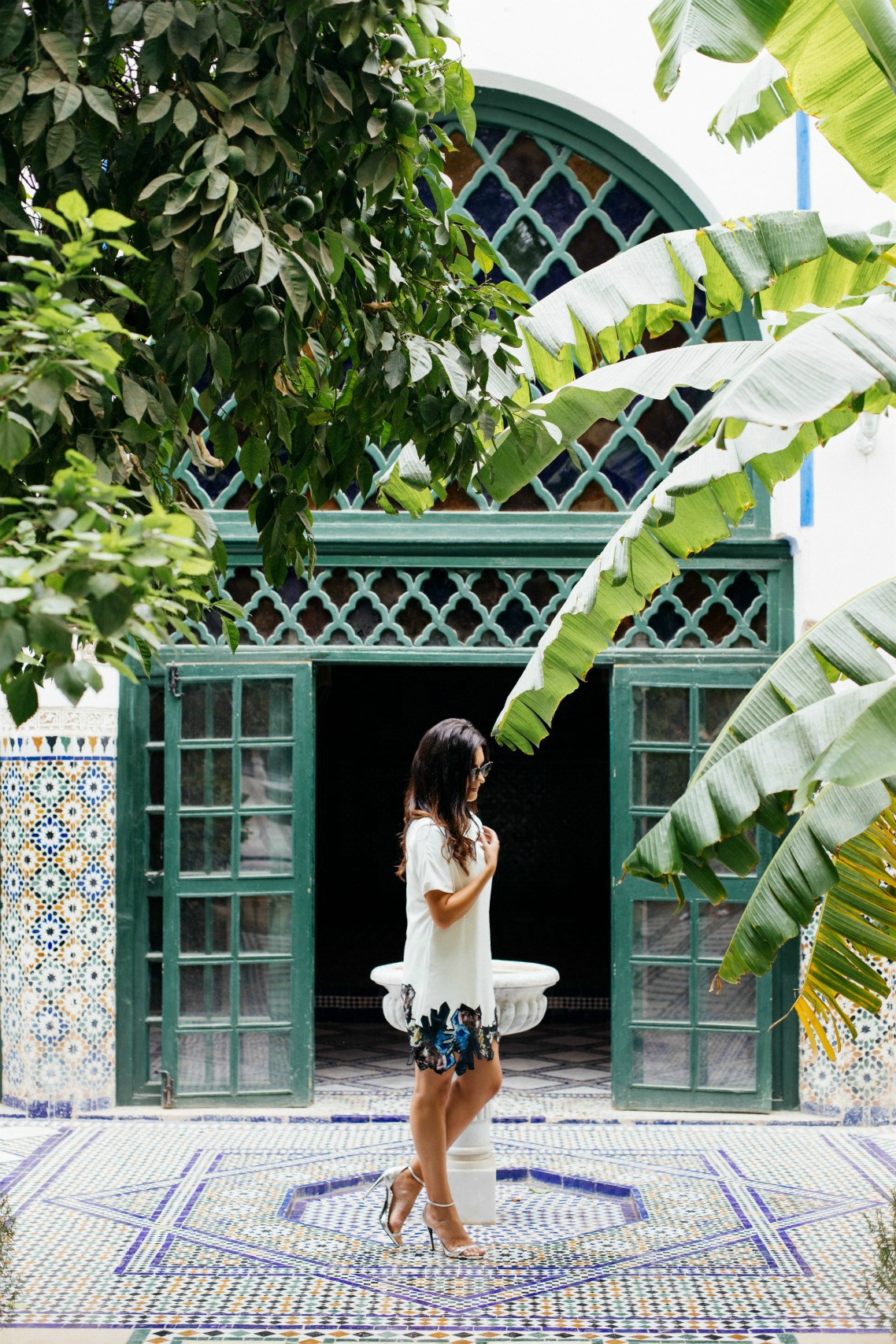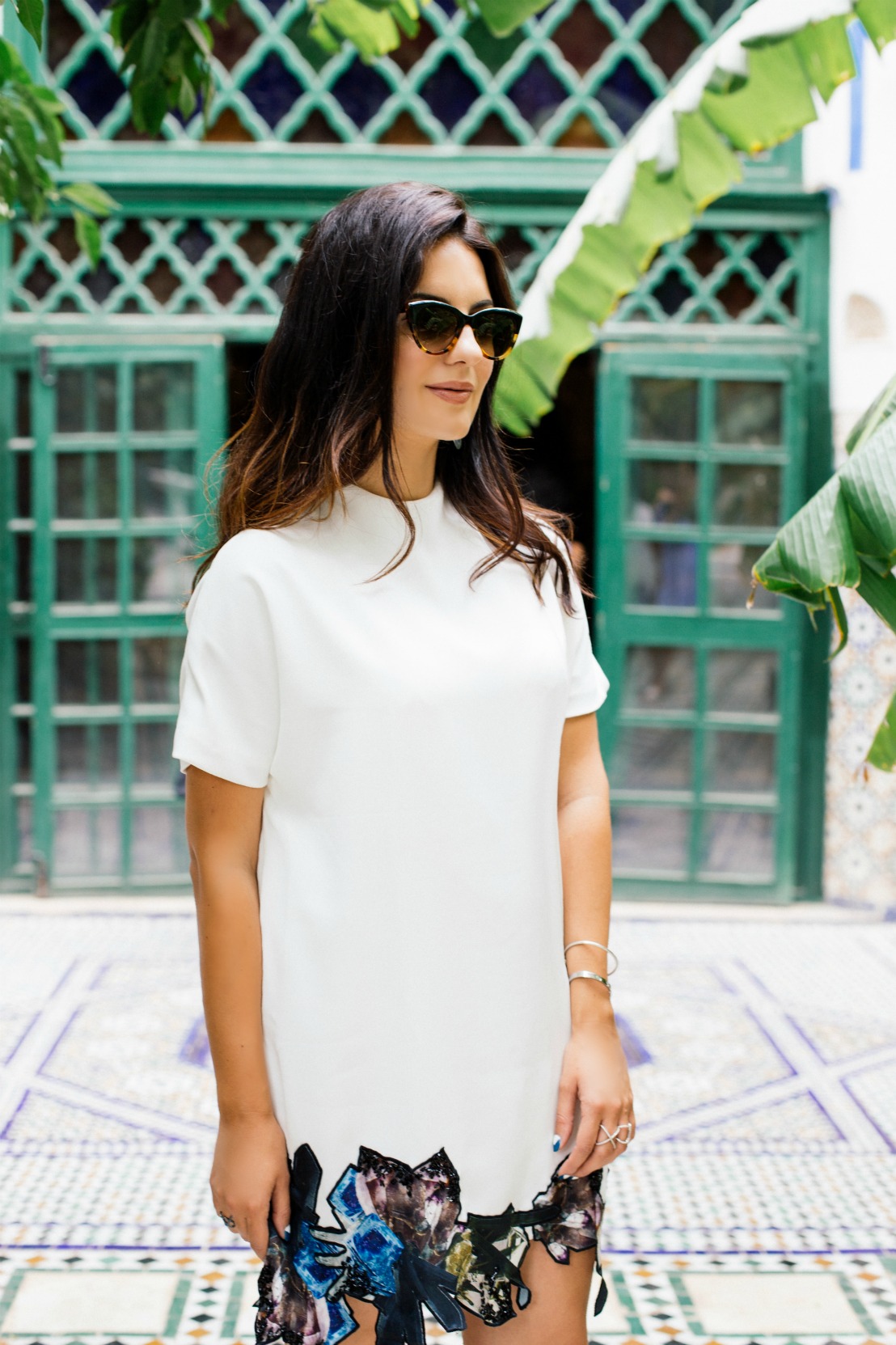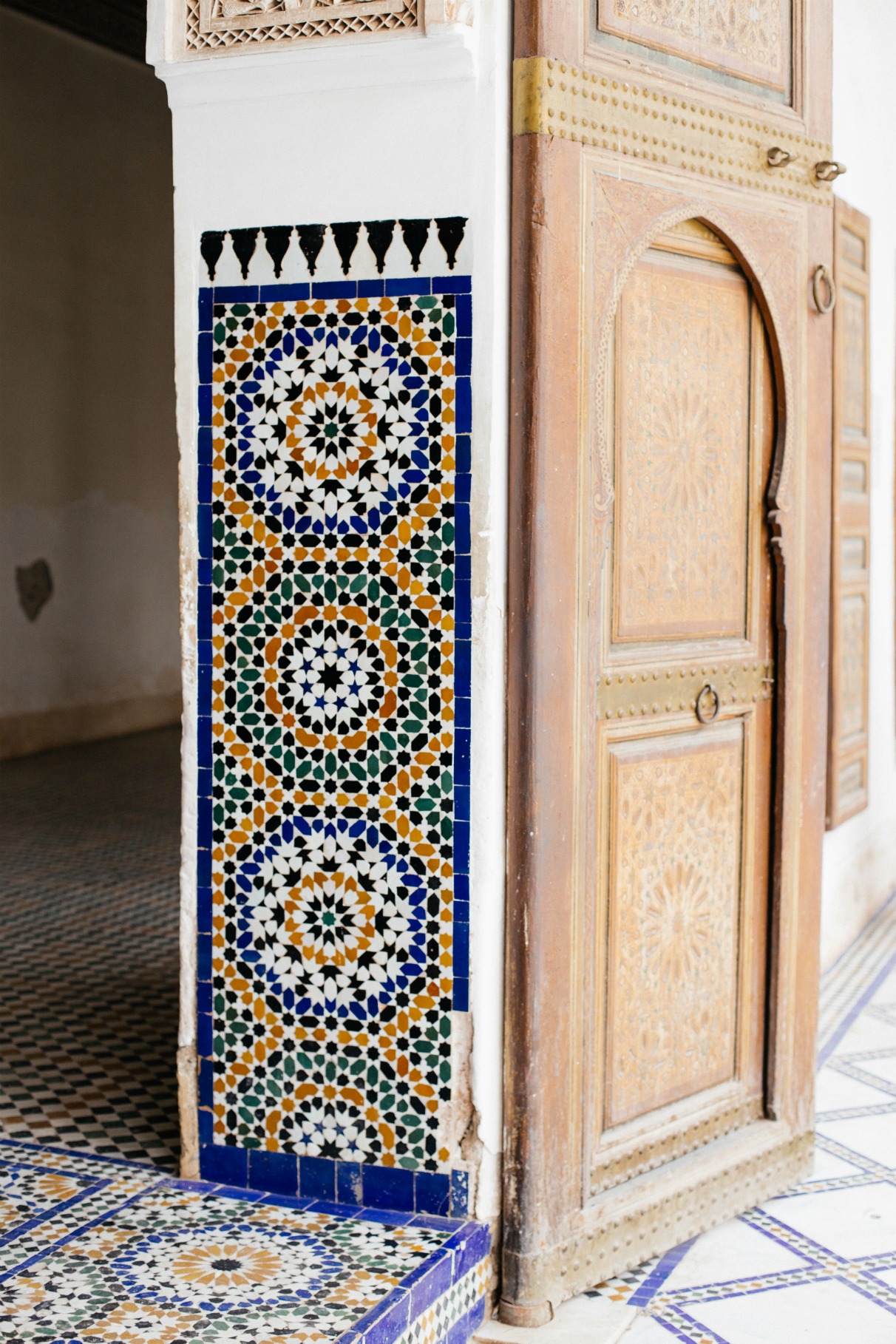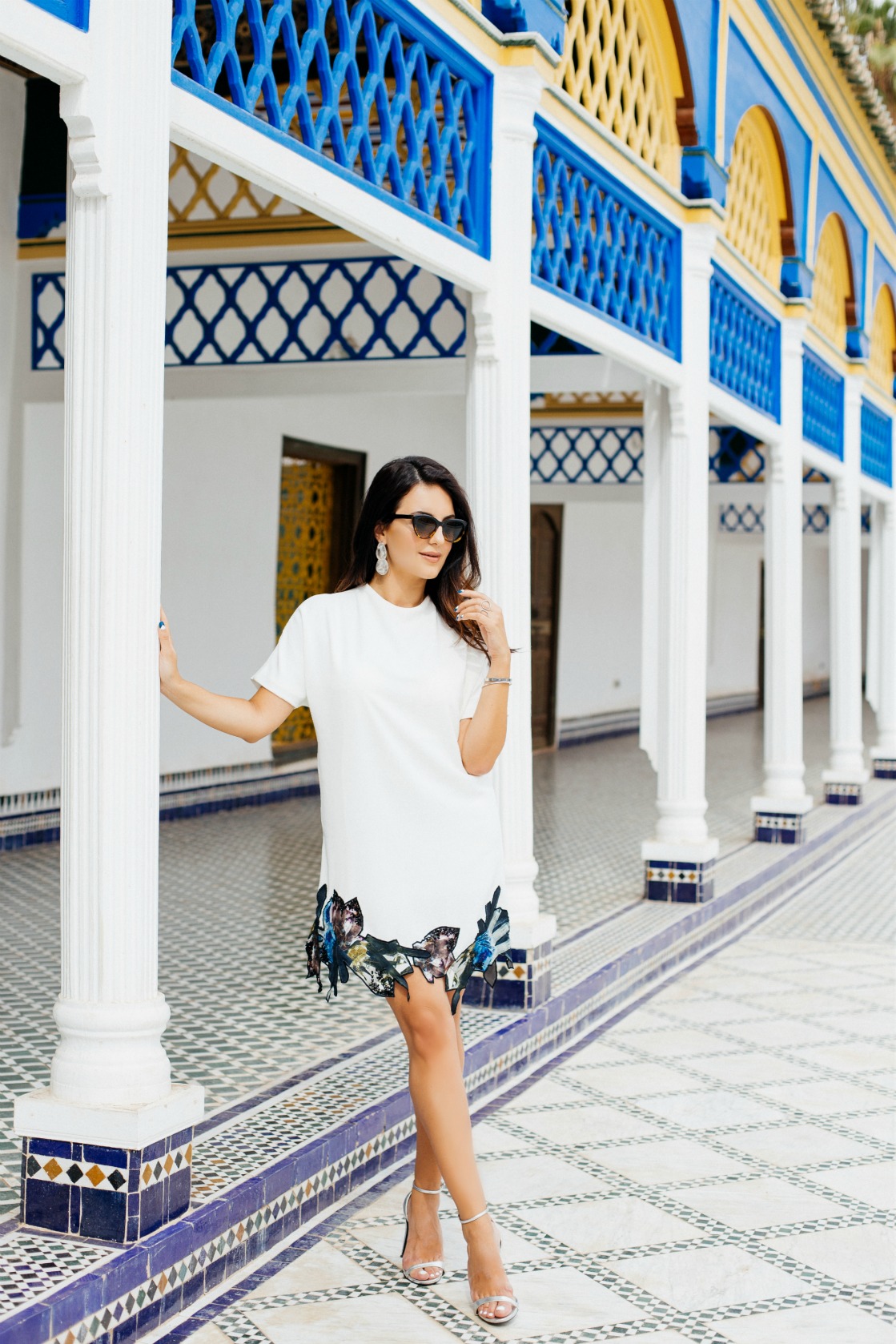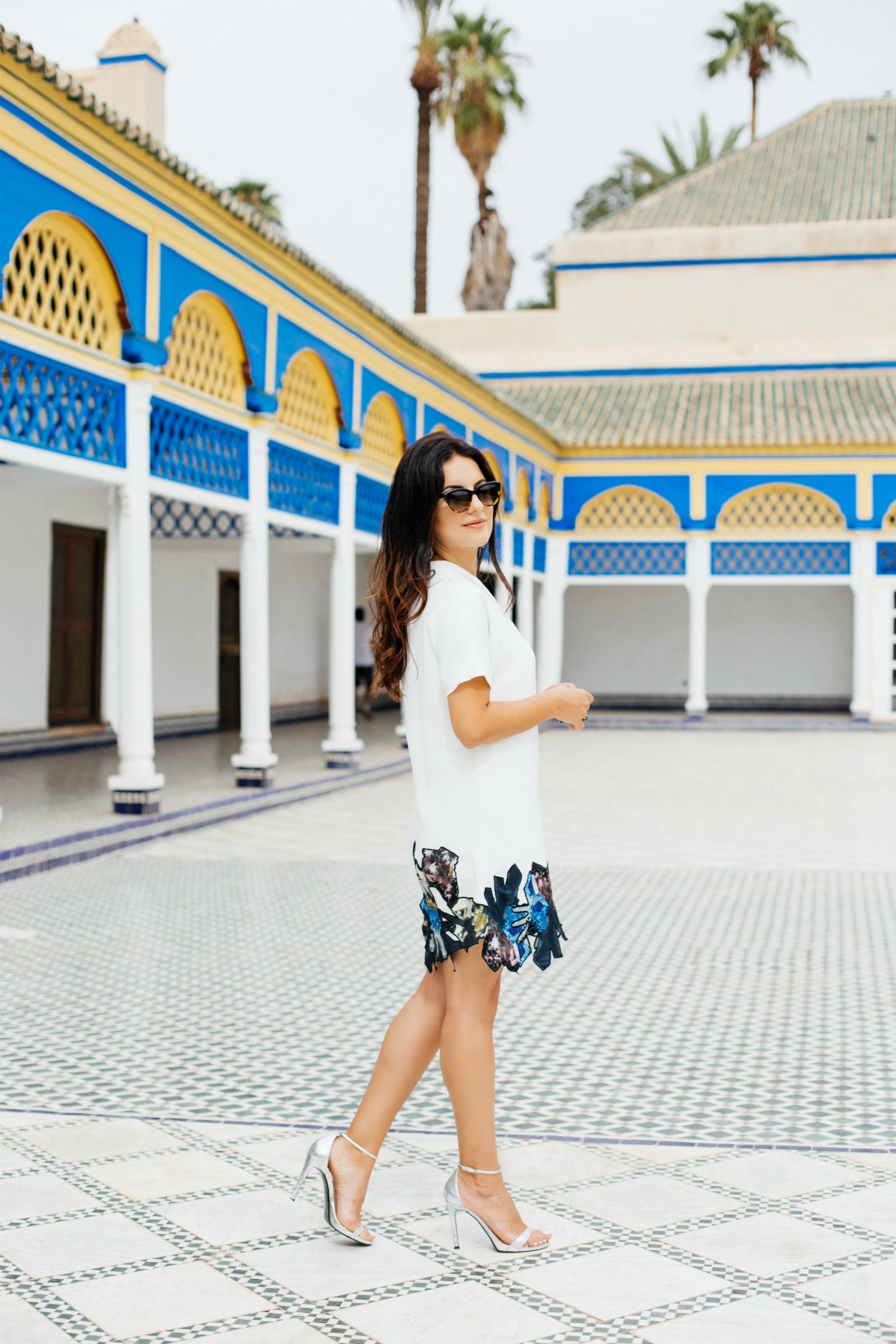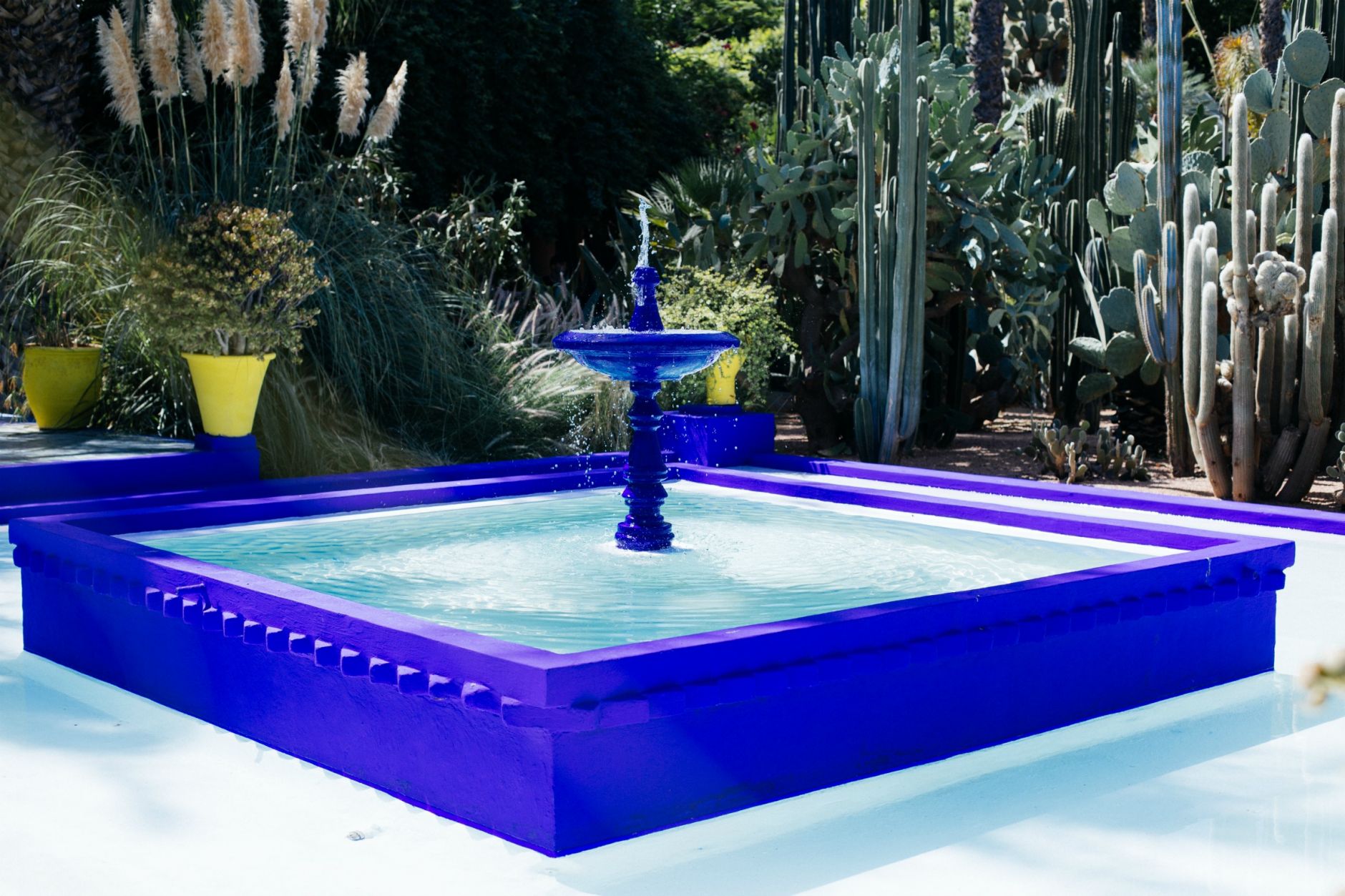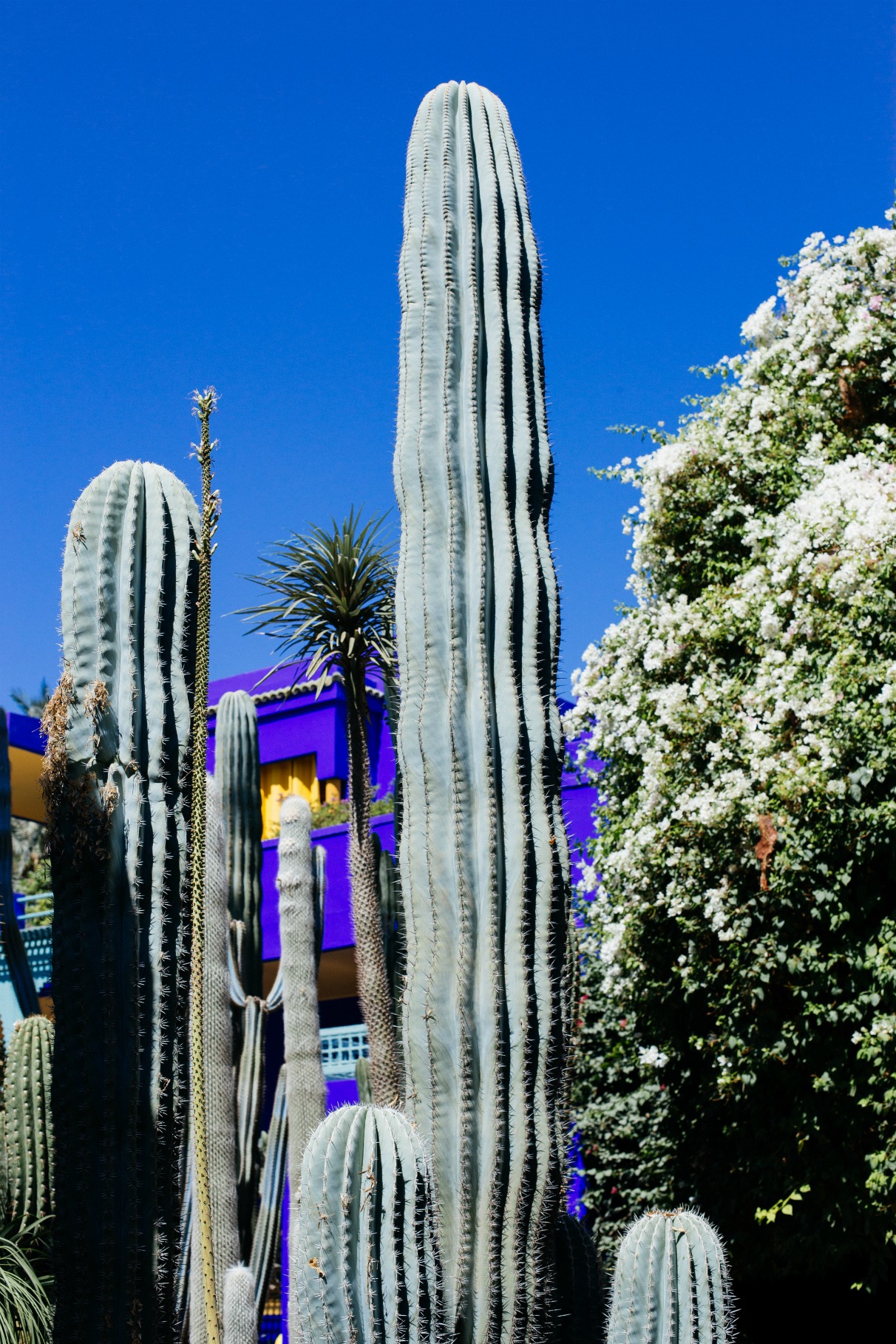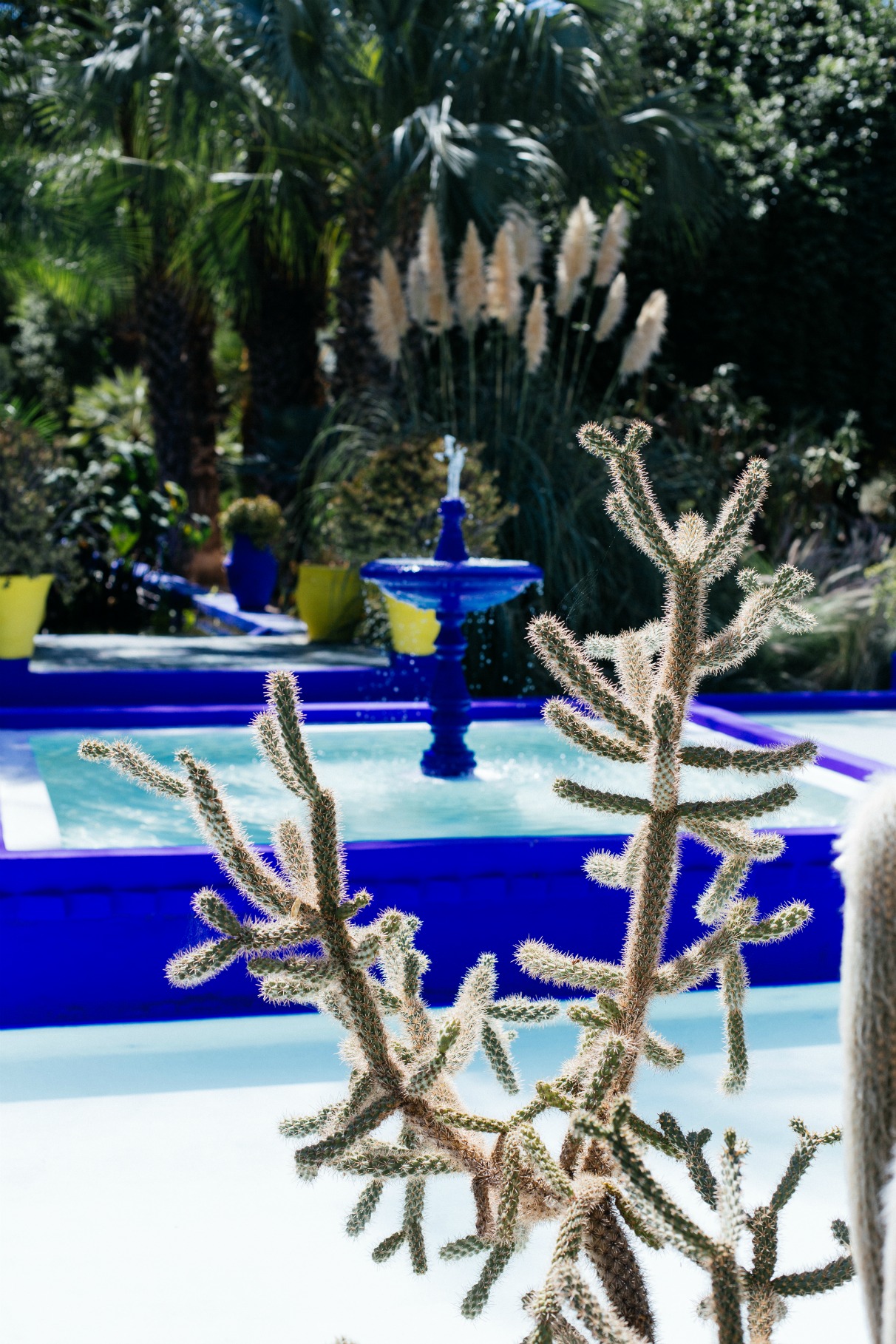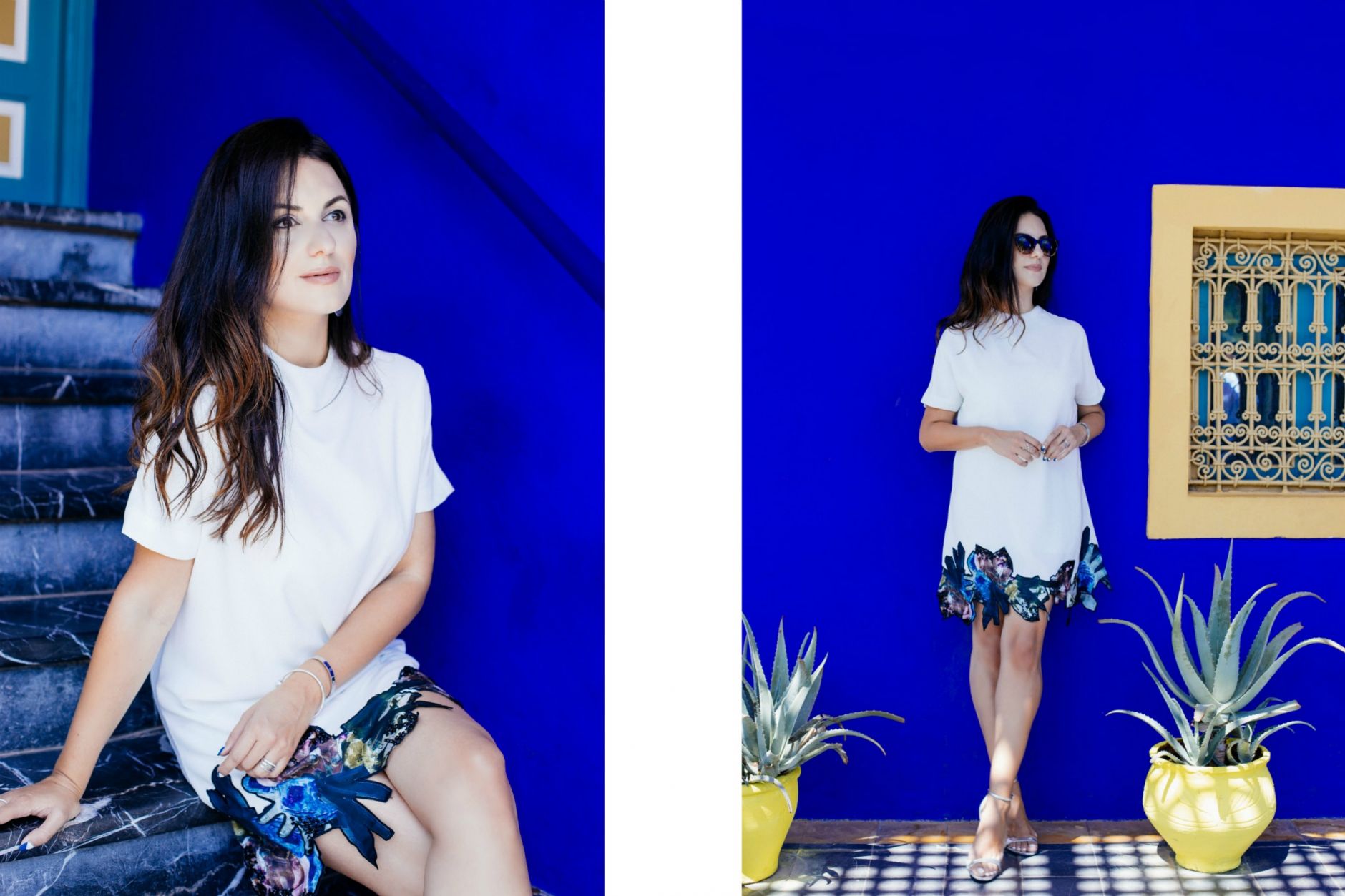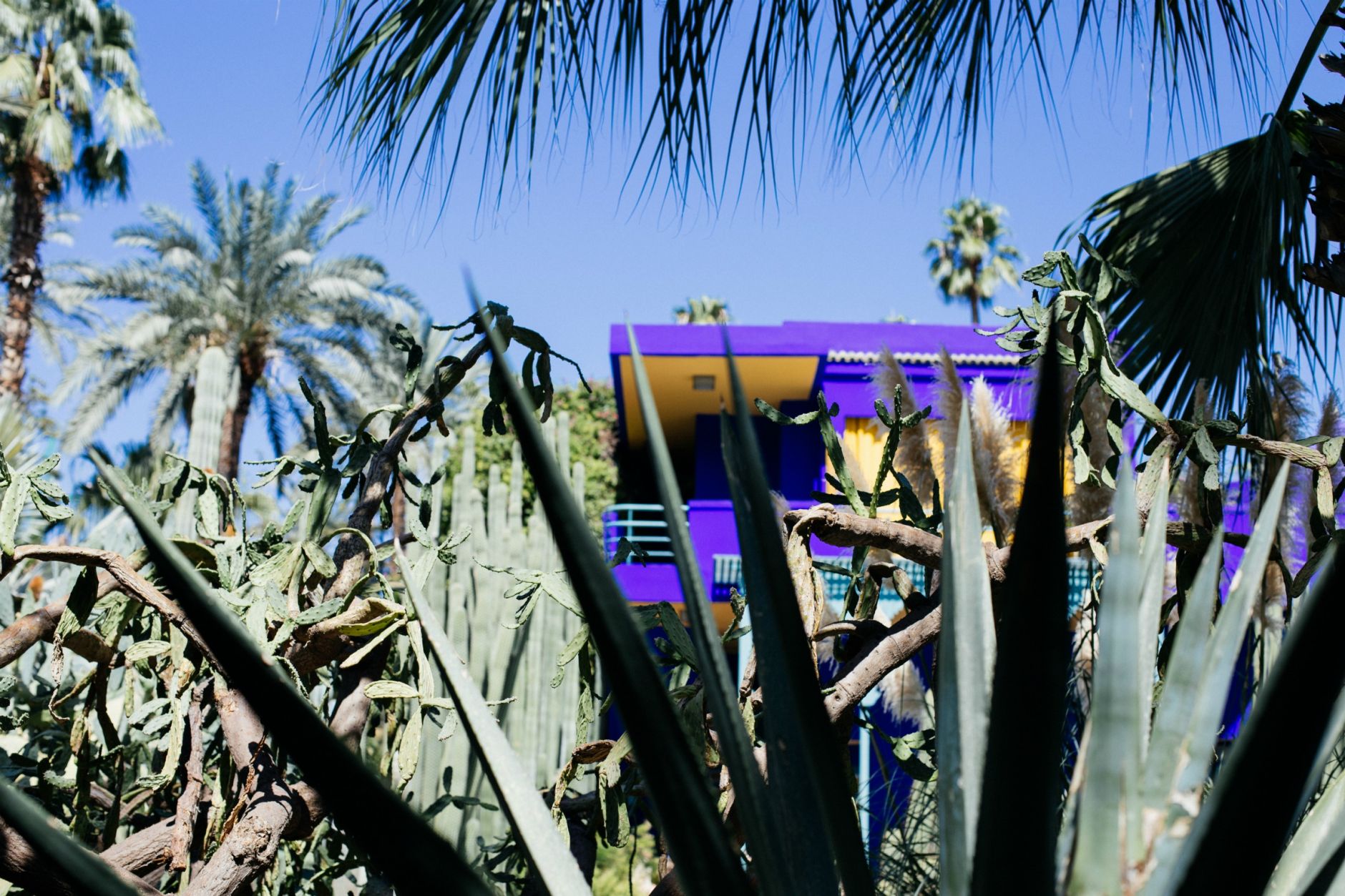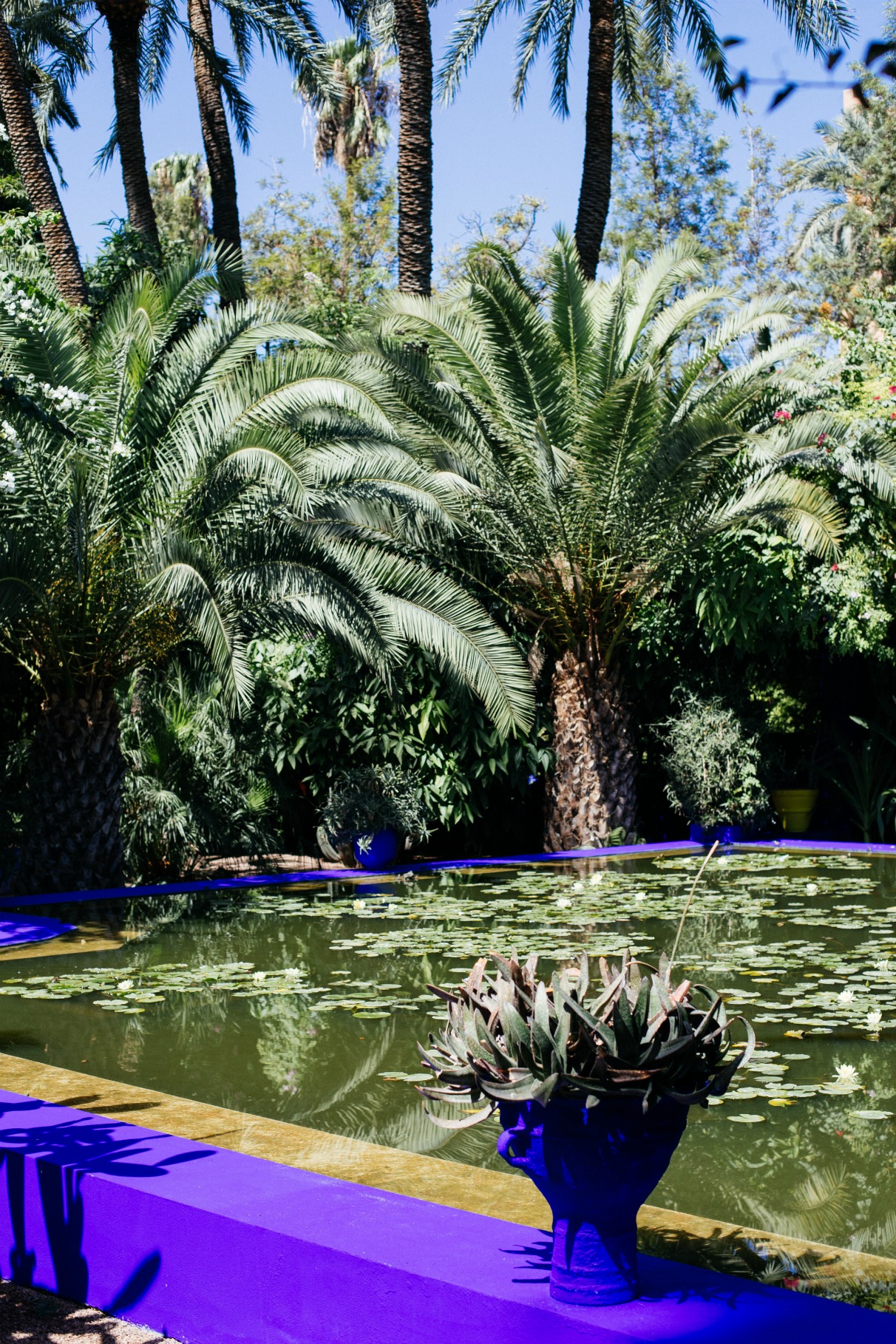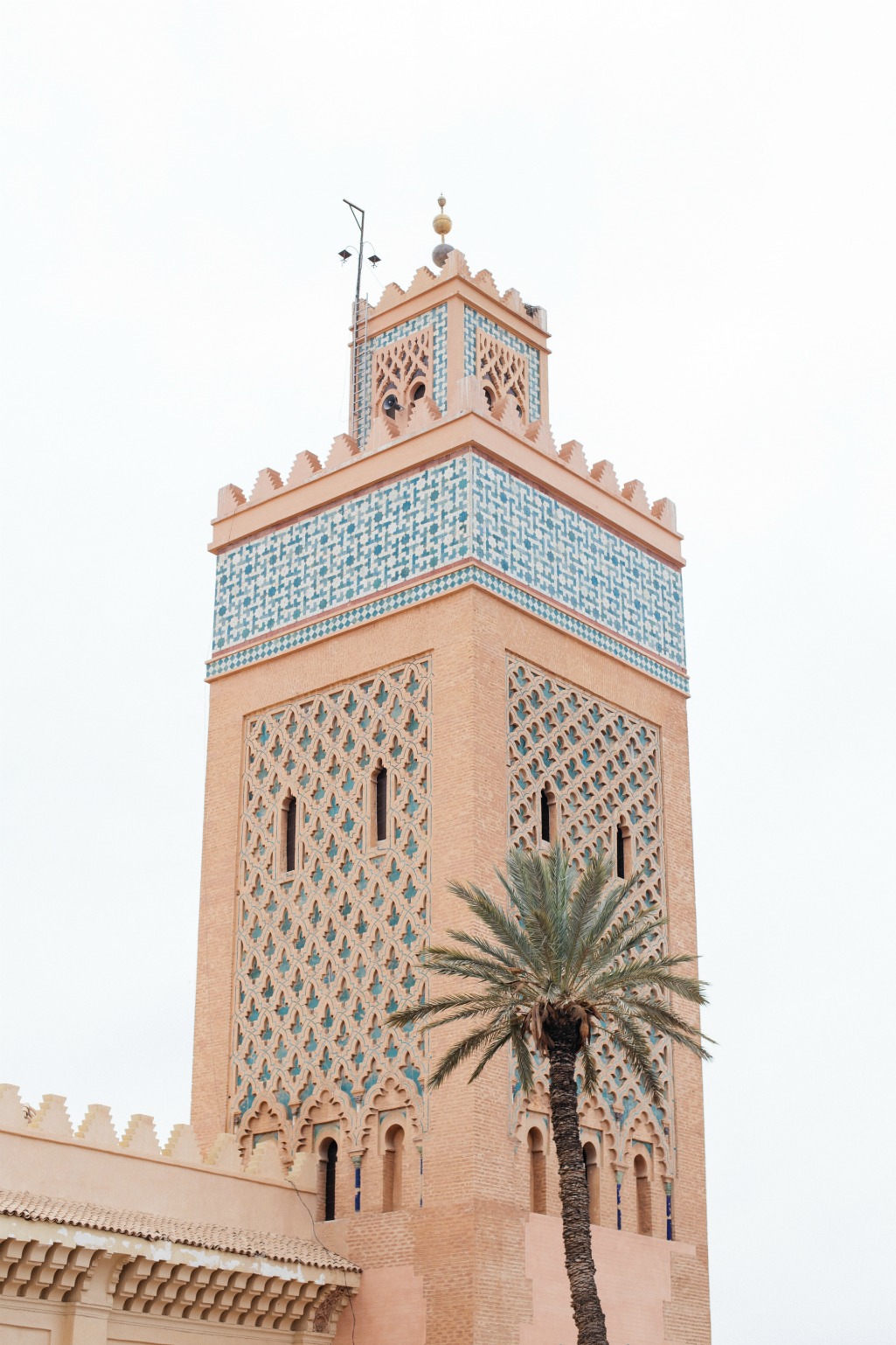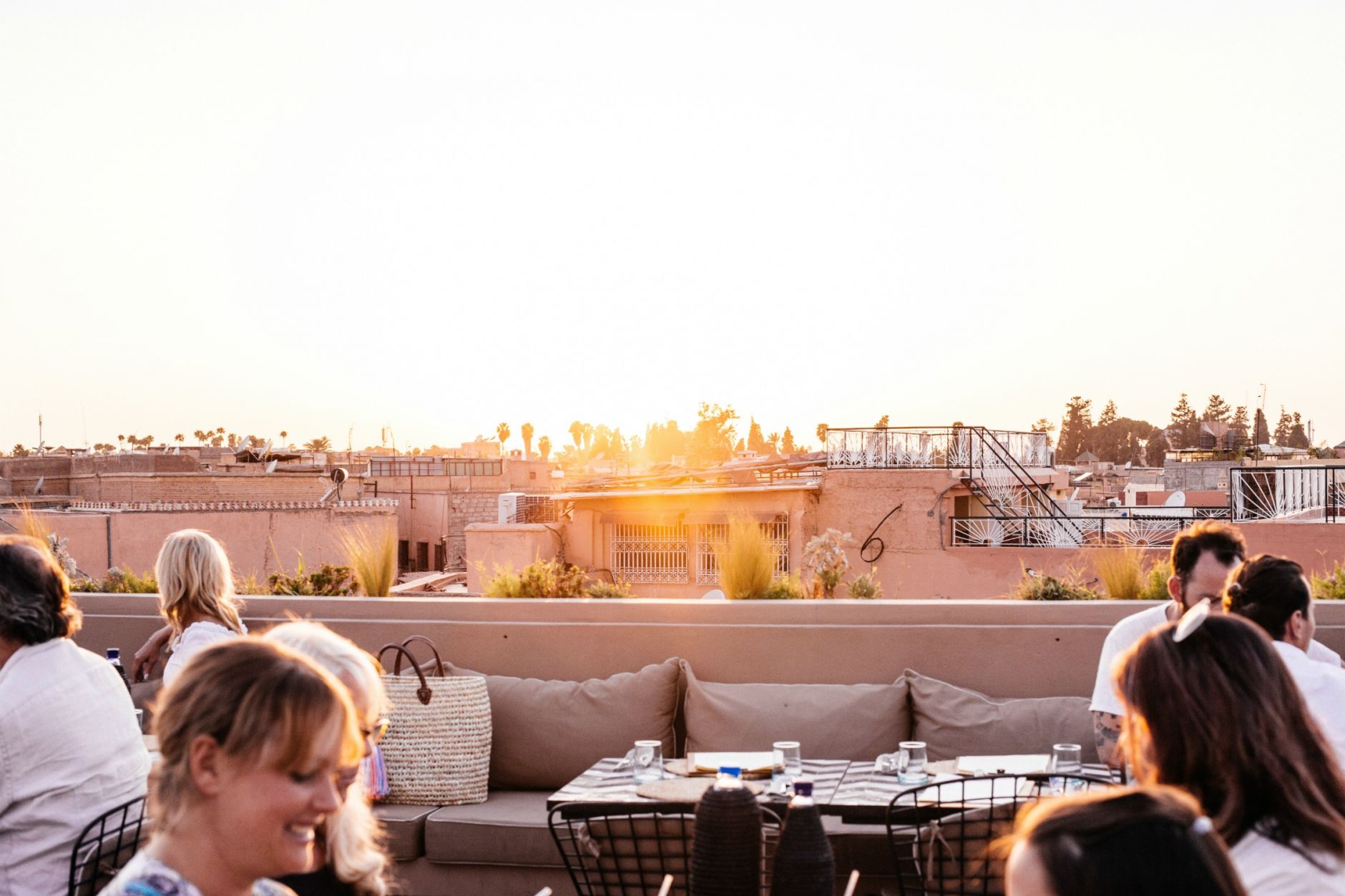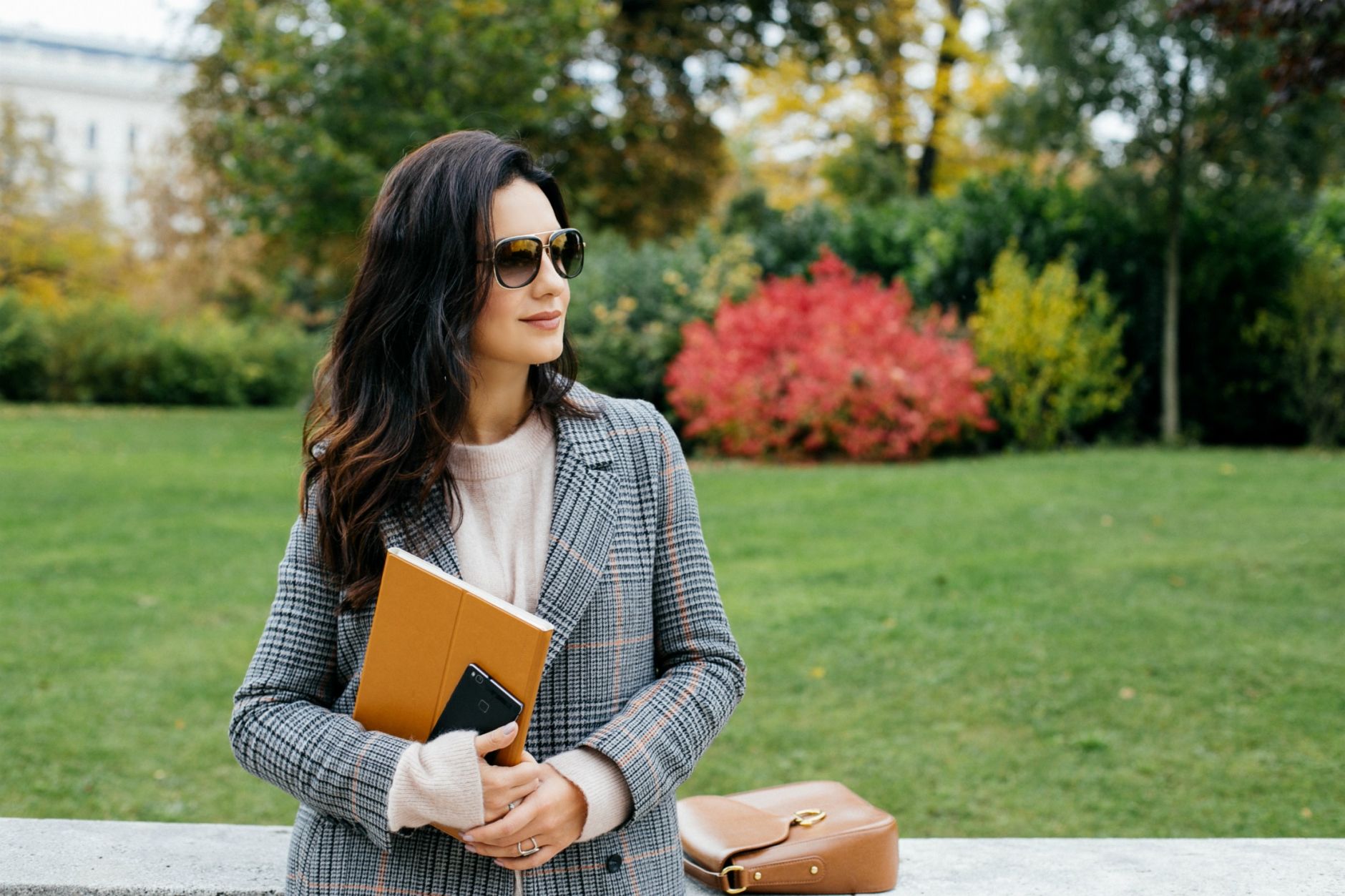For the last but not least blogpost about Marrakesh, I collected some travel tips where to eat, drink, what to see in this beautiful Moroccan city. In September I stayed eight days in Marrakesh, so to follow this up it seemed appropriate to tell you all what to expect before you visit.
I haven’t visited Marrakesh before, so I didn’t really know what to expect and look out for, but sometimes it’s quite nice arriving without expectations beyond a few basic tips. Marrakesh and Morocco in general is becoming an even more popular destination this year so it seemed appropriate to share tips from one traveller to another.
There are few things you should know, these are converting enough money in the airport and bring some extra of your currency (EUR, GBP, USD, AUD etc.) to change at bureaus in the city centre. It’s because it wasn’t easy to find cash points that actually worked without walking in the complete opposite direction. Don’t carry all your money around with you for obvious safety reasons but you’ll get quite a lot for your money with the Moroccan Dirham’s and if you’re eating out at simple restaurants in the city the food is relatively cheap, so don’t carry around more than you need!
The other important tip is, to to drink bottled water whilst you’re here to avoid any unwanted contamination. The food as long as it’s hot and freshly cooked is usually fine to eat anywhere. Definitely try and eat local cuisine as it’s always going to be better and is likely to be the most fresh items on the menu. I haven’t tried any streetfood, even though many told me that it’s fine if you choose fried food or bread but no drinks. Of course it’s much cheaper eating at the upmarket restaurants that are predominantly located in the new town than at the luxury hotels. You must also try the Moroccan mint tea, it’s exquisite and delicious!
If you need to take a cab, ask your hotel to call, but make sure you ask the amount they advise a cab journey to be and then pitch it to the cab driver when you get in. Try not to get into taxis that are lined up outside tourist sights such as the Majorelle Gardens.
The question I got asked more often was, what to wear in Marrakesh? Whilst isn’t as conservative as visiting many Arabian countries, it is still a predominantly Muslim country and you should respect that culture. The city is full of tourists so locals are more accustomed to the odd scantily clad visitor but if you don’t want to draw unwanted attention to yourself then dress appropriately. It’s just as easy to keep cool by dressing in floaty clothing that covers more than walking around in beach wear. The streets are also often uneven or cobbled so bring sensible and comfortable shoes if you are planing to walk around the city.
When To Visit
Marrakesh in the summer reaches desert-like temperatures, be prepared for this. Keep hydrated, stay cool with thin loose clothing and in summer time (May-August) try to get all your exploring down in the morning or late afternoon! Note: Best time to visit Marrakesh is September to November, or March to May.
What To See
Yves Saint Laurent exhibition at Majorelle Garden
A tribute exhibition of YSL clothing and accessories, inspired by his long love affair with Morocco, takes over the museum of Marrakech’s fabled Majorelle Garden. Created in the 1920s by French artist Jacques Majorelle, the garden was bought and restored several decades ago by Saint Laurent and his partner, Pierre Bergé, who owned the adjacent house. A small shrine with Saint Laurent’s ashes is also on the site; jardinmajorelle.com.
Le palais de la Bahia
The Bahia Palace is a palace and a set of gardens and it was built in the late 19th century, intended to be the greatest palace of its time. The name means “brilliance”. As in other buildings of the period in other countries, it was intended to capture the essence of the Islamic and Moroccan style. There is a 2 acre (8,000 m²) garden with rooms opening onto courtyards.
Set up at the end of 19th century by Si Moussa, grand vizier of the sultan, for his personal use, this palace would bear the name of one of his wives. The harem, includes a vast court decorated with a central basin and surrounded by large rooms. Worth to visit! Address: 5 Rue Riad Zitoun el Jdid, Marrakesh 40000, Marocco.
Jamaa el Fna
Jama el Fna is a square and market place in Marrakesh’s medina quarter (old city). It remains the main square of Marrakesh, used by locals and tourists. There are lot of shops, cafes and local restaurants.
Koutoubia Mosque
The Koutoubia Mosque or Kutubiyya Mosque is the largest mosque in Marrakesh. It is located in the southwest medina quarter of Marrakesh. The mosque is ornamented with curved windows, a band of ceramic inlay, pointed merlons, and decorative arches; it has a large plaza with gardens, and is floodlit at night. The minaret, 77 meters (253 ft) in height, includes a spire and orbs.
El Badi Palace
El Badi Palace (meaning The incomparable palace) is a ruined palace located in Marrakesh. Commissioned by the Arab Saadian sultan Ahmad al-Mansur, sometime shortly after his accession in 1578, its construction was funded by a substantial ransom paid by the Portuguese after the Battle of the Three Kings. The palace is nowadays a well known tourist attraction. Address: Ksibat Nhass, Marrakesh, Morocco.
Where To Stay
Stay in Your Own Palace— Royal Mansour hotel, is fit for a king. Owned by the King of Morocco, is the last word in luxury: Everyone has his own mini-palace with multiple terraces, sitting rooms, pools, fountains, private butlers, and more! The all-white spa is a dream, see all photos and learn more here.
La Mamounia Marrakesh luxury hotel offers lovely gardens, a choice of four restaurants, fabulous breakfasts and Moroccan style rooms, very close to the Medina and Jemaa El Fna square, see all photos and learn more here.
Affordable – There’s hundreds of riads throughout the Medina and they’re the best place to stay to have a true Marrakesh experience, they range from basic to the luxurious. You can find many on Airbnb or luxury hotels such as La Sultana or El Fenn are hotel composed from a number of converted riads, maintaining an authentic feel whilst also providing a comfortable and luxurious stay.
Where To Eat
Insider Dining
In Marrakech’s French-built new town, called Guéliz, La Trattoria de Giancarlo is one of the city’s most beautiful dining spots, with most tables set around the swimming pool in the jungle-inspired courtyard. The restaurant was designed by the late Bill Willis, who put Moroccan decorative arts on the map back in the 1990s with his theatrical design of the city’s legendary Yacout restaurant; latrattoriamarrakech.com.
Nearby, Chez Pascal Kanzamane is a flashback to colonial times with its kitschy African-Moroccan decor, classic bistro cuisine, and colorful owner, Pascal Chenuaud, who came to Marrakech several years ago via Gabon; chezpascal-marrakech.com.
Grand Café de la Poste is the new town’s most popular meeting spot, from breakfast till late at night; coolest tables are under the spinning ceiling fans of its vast verandas; grandcafedelaposte.com.
In the medina, a smart stop for a coffee or light meal is Un Déjeuner à Marrakech, a clean, well-lighted café on a pretty plaza right off the busy shopping street Riad Zitoun Jdid.
On the other side of the medina, in the Bab Doukkala area, the classic La Maison Arabe, also a luxurious 26-room hotel, offers innovative variations on classic Moroccan cuisine in its beautiful Persian blue–ceilinged dining room. The establishment also offers a crack three-hour cooking workshop, where students dine on the tajines they’ve just cooked; lamaisonarabe.com.
For Lunch or Dinner
Nomad restaurant Marrakesh offers a «Modern Moroccan» menu, incorporating traditional local Moroccan dishes and international dishes with a modern Moroccan twist. Seasonal produce is sourced locally and all ingredients are washed in filtered water. Located in the heart of the Marrakech souks, chic and trendy Nomad offers dining on the first floor in cosy salons, but in warm weather most customers will head straight upstairs to find a spot on the two sun terraces. The sun terraces offer unique views across the Spice Square and medina rooftops. Nomandmarrakech.com
Le Jardin, another gorgeous restaurant within an old riad, full of tall banana trees and other foliage that provide shade for the tables scattered around the courtyard. It’s located in the Marrakech medina north of the main square, close to the souks in Sidi Abdelaziz. Open from breakfast through dinner, the menu offers a mix of international and Moroccan dishes, including salads, sandwiches, burgers, fresh juices, couscous and tagines. Address: 32 Route Sidi Abdelaziz, Marrakech 40000, Marocco. lejardin.ma
Where to Relax
La Sultana—Part of the multi-riad hotel of the same name, but open to non-hotel guests, this exotically lit, marble-columned beauty with a jade pool takes the hammam experience to new heights; lasultanamarrakech.com.
Where to Shop
Caftan Country—Top spots for caftans: Beldi, in the medina, with some of the best tailoring in town; 9–11 Rue Laksour, Bab Ftouch . . . . Aya’s, in the former Jewish quarter, known as the Mellah, for custom-tailored caftans, which can be ready in two days; ayasmarrakech.tripod.com; 11 Bis, Derb Jdid Bab Mellah. Intensité Nomade, in the new town: elegant contemporary designs by noted Marrakech style-setter Frédérique Birkemeyer; 139 Boulevard Mohammed V.
Flea Market Find—Souk El Khemis is one of world’s greatest mixes of junk and treasures, from vintage furniture spanning most of the twentieth century to Moroccan antique rugs, jewelry, pottery; on the northeast edge of the medina by the Bab (translation: gate) El Khemis. Note that many shops will be closed on Friday, the Muslim holy day.
Souvenir du Jour—Instead of a carpet (unless you really want or need one), take back a handsome Moroccan lantern (or two—or more); Place des Ferblantiers (tin workers’ souk) in the Mellah, next to the ruins of the sixteenth-century El Badi Palace (worth a look), has thousands to choose from.
Get Out of Town—When you’ve tired of the souks and the city, head to the luxurious new Les Terres M’Barka, a just-opened country retreat designed like a Berber Casbah village with mud walls, labyrinthine courtyards and patios, and fifteen rustic-chic suites with fireplaces. A great place for hiking, horseback riding, mountain biking, or practicing yoga.
Nomad restaurant Marrakech
Beautiful views across the Spice Square and medina rooftops.
All photos by © Disi Couture
